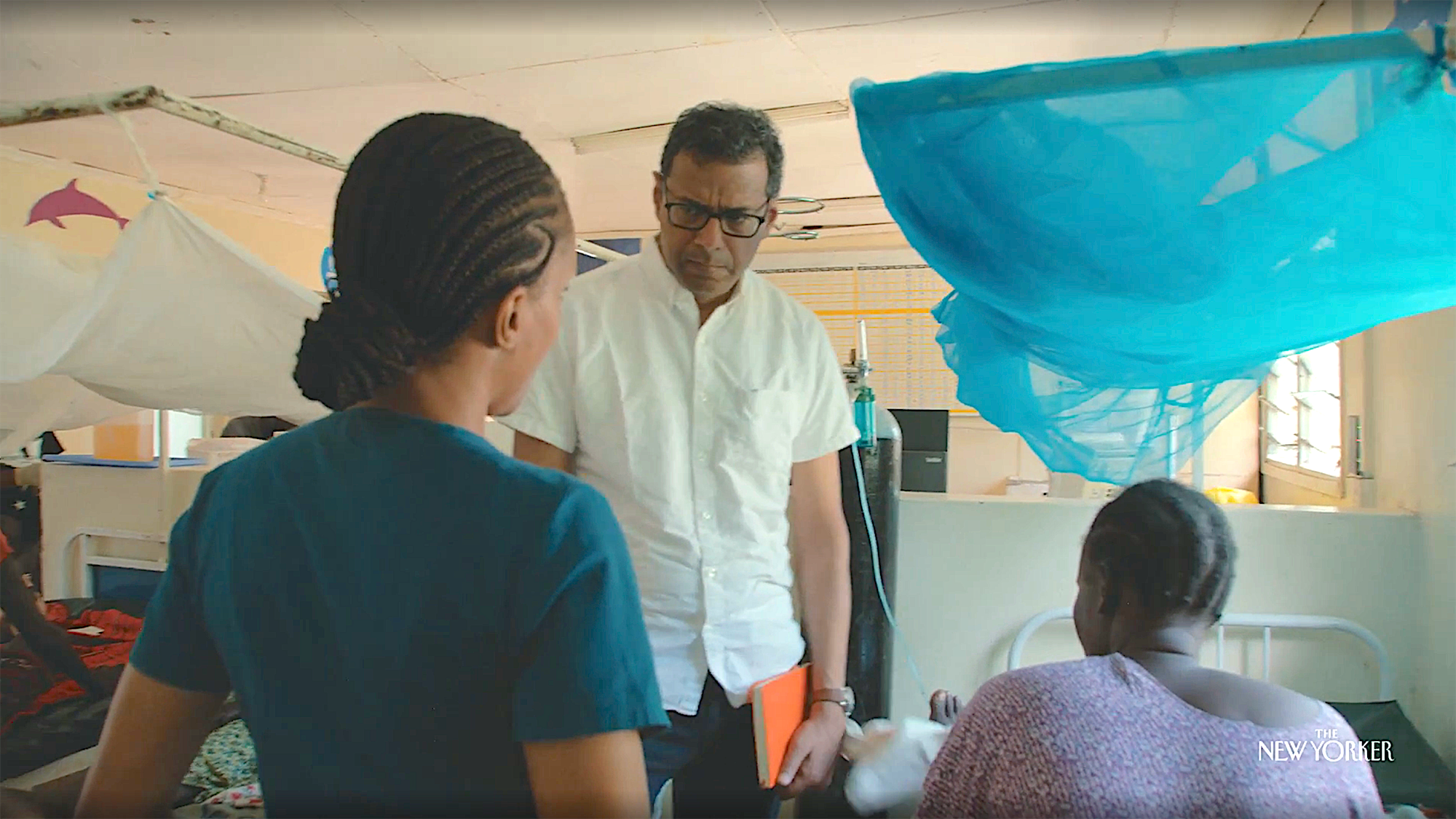Methodology from genome-wide association studies accurately flags more deadly SARS-CoV-2 variant

Compares mutations to mortality in order to identify variants that should be monitored and contained
For immediate release: Wednesday, June 23, 2021
Boston, MA – Using genome-wide association studies (GWAS) methodology to analyze whole-genome sequencing data of SARS-CoV-2 mutations and COVID-19 mortality data can identify highly pathogenic variants of the virus that should be flagged for containment, according to Harvard T.H. Chan School of Public Health and MIT researchers.
Using this biostatistical methodology, the researchers pinpointed a mutation in the variant known as P.1, or Gamma, as being linked to increased mortality and, potentially, greater transmissibility, higher infection rates, and increased pathogenicity before the P.1 variant had been identified.
The team’s methodology is described online on June 23, 2021 in the journal Genetic Epidemiology.
“Based on our experience, GWAS methodology might provide suitable tools that could be used to analyze potential links between mutations at specific locations in viral genomes and disease outcome,” said Christoph Lange, professor of biostatistics at Harvard Chan School and senior author of the paper. “This could enable better real-time detection of novel, deleterious variants/new viral strains in pandemics.”
The first patients in Brazil with the P.1 variant were documented in January 2021 and within a few weeks the variant caused a spike in cases in Manaus, Brazil. The city had already been hard hit by the pandemic in May 2020, and researchers thought that the city’s residents had achieved population immunity because so many people in the area had developed antibodies for the virus during that initial wave. Instead, P.1, which has several mutations in the spike protein the virus uses to attach to and invade a host cell, caused a second wave of infections and seemed to have higher transmissibility and be more likely to cause death than the earlier variants seen in the area.
In September 2020, several months before the first P.1 patient was documented, the Harvard Chan School and MIT team repurposed methodology used in GWAS, which are widely used to link certain genetic variations with specific diseases, to tease apart the relative pathogenicity of various SARS-CoV-2 mutations. The team looked for links between each mutation of the SARS-CoV-2 virus’s single-stranded RNA and mortality in 7,548 COVID-19 patients. Data for the study came from the global initiative on sharing avian influenza data (GISAID) database, which contains the genetic sequence and related clinical and epidemiological data associated with SARS-CoV-2 and influenza viruses.
The researchers found one mutation—at locus 25,088bp in the virus’s genome—that alters the spike protein and was linked to a significant increase in mortality in COVID-19 patients. The team flagged the variant with this mutation, which was later identified as part of P.1.
The team’s biostatistical methodology should have broader applications beyond the P.1 variant and SARS-CoV-2, according to the researchers.
“We expect that this approach would work in similar scenarios involving other diseases, provided the quality of the data collected in public databases is sufficiently high,” said Georg Hahn, research associate and instructor of biostatistics at Harvard Chan School and co-first author of the paper.
Others from Harvard Chan School who contributed to the study included Sanghun Lee, Sharon Lutz, Sebastien Haneuse, and Nan Laird.
This study was funded by the National Institutes of Health (1R01AI154470-01, 2U01HG008685, R01HG008976, U01HL089856, U01HL089897, P01HL120839, P01HL132825, 2U01HG008685), the National Science Foundation (NSF PHY 2033046 and NSF GRFP 1745302), and NIH Center grant P30-ES002109.
“Genome-wide association analysis of COVID-19 mortality risk in SARS-CoV-2 genomes identifies mutation in the SARS-CoV-2 spike protein that colocalizes with P.1 of the Brazilian strain,” Georg Hahn, Chloe M. Wu, Sanghun Lee, Julian Hecker, Sharon M. Lutz, Surender Khurana, Lindsey R. Baden, Sebastien Haneuse, Dandi Qiao, Dawn L. DeMeo, Rudolph E. Tanzi, Manish C. Choudhary, Behzad Etemad, Abbas Mohammadi, Elmira Esmaeilzadeh, Michael H. Cho, Jonathan Z. Li, Adrienne G. Randolph, Nan M. Laird, Scott T. Weiss, Edwin K. Silverman, Katharina Ribbeck, and Christoph Lange, Genetic Epidemiology, online June 23, 2021, doi.org/10.1002/gepi.22421
Image: Getty Images
Visit the Harvard Chan School website for the latest news, press releases, and multimedia offerings.
###
Harvard T.H. Chan School of Public Health brings together dedicated experts from many disciplines to educate new generations of global health leaders and produce powerful ideas that improve the lives and health of people everywhere. As a community of leading scientists, educators, and students, we work together to take innovative ideas from the laboratory to people’s lives—not only making scientific breakthroughs, but also working to change individual behaviors, public policies, and health care practices. Each year, more than 400 faculty members at Harvard Chan School teach 1,000-plus full-time students from around the world and train thousands more through online and executive education courses. Founded in 1913 as the Harvard-MIT School of Health Officers, the School is recognized as America’s oldest professional training program in public health.


